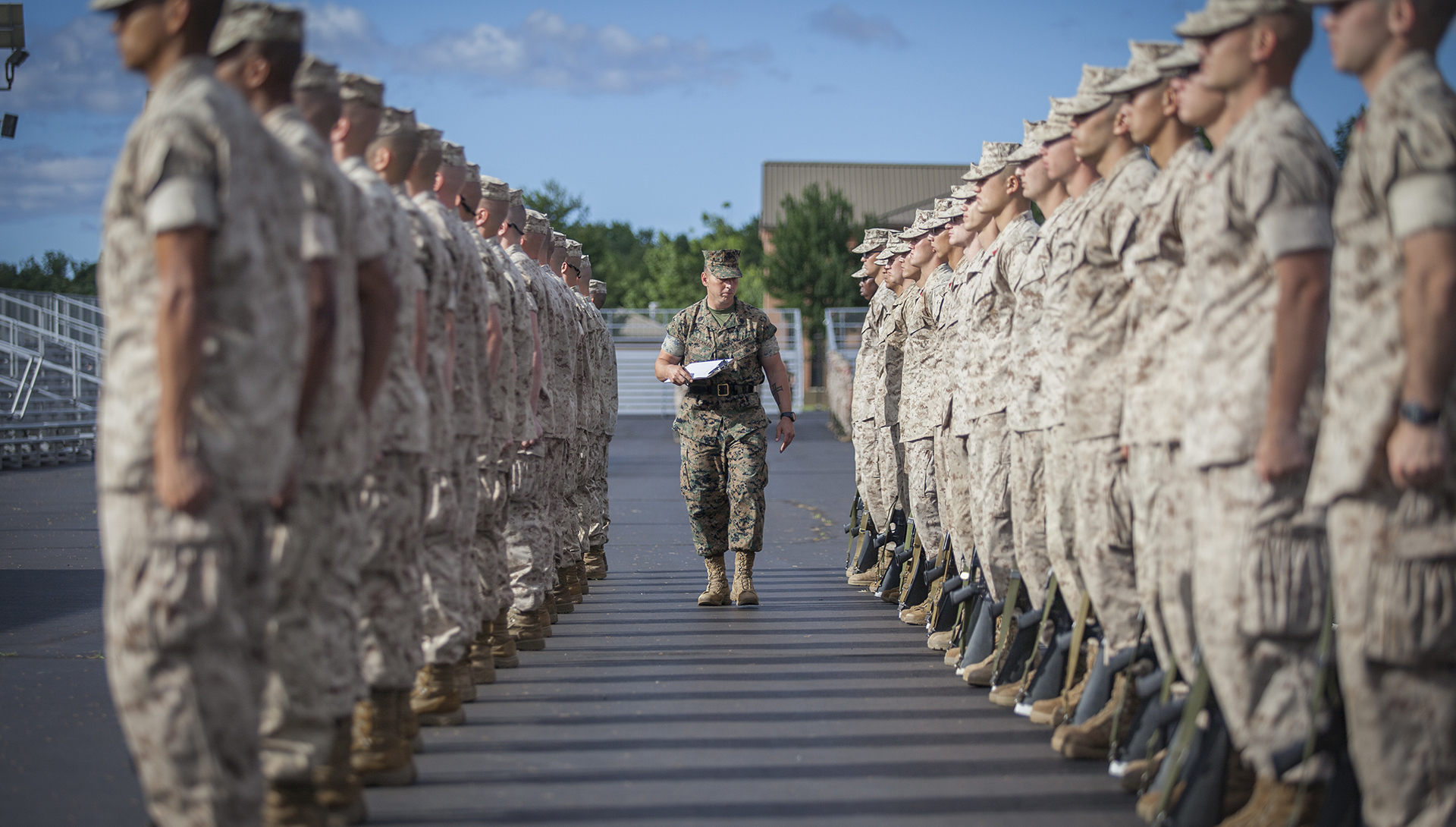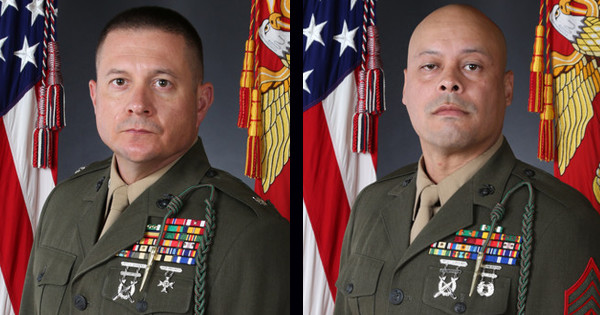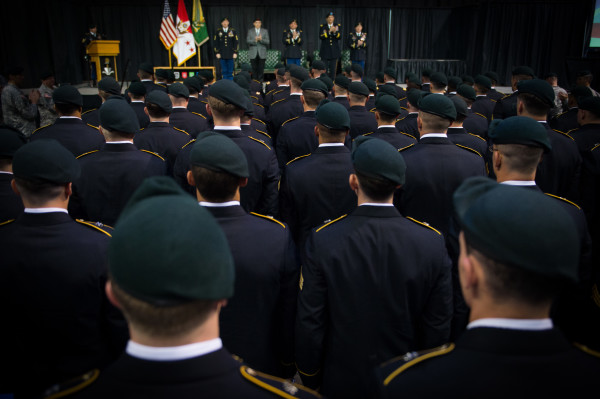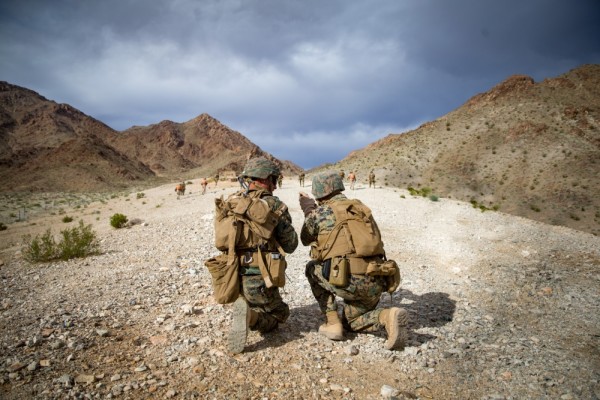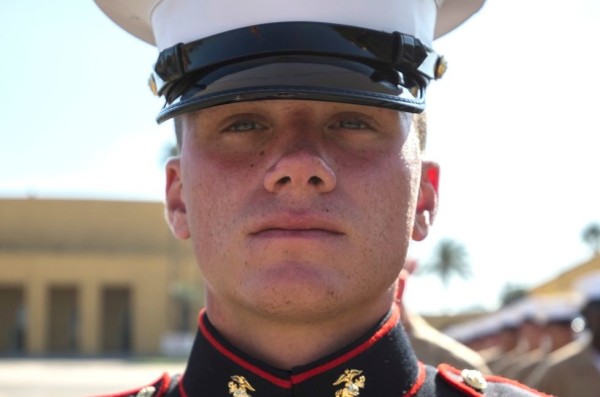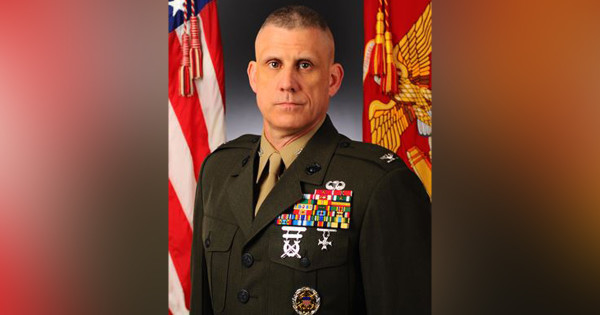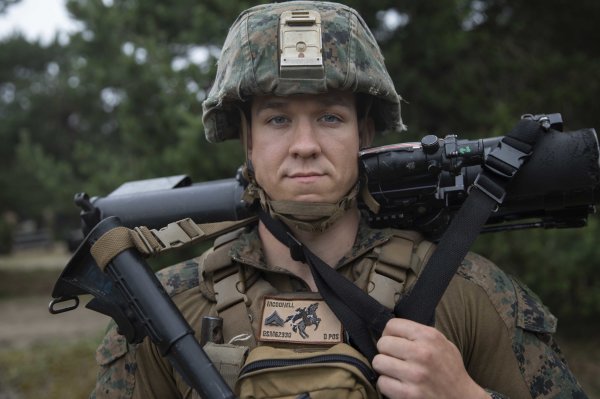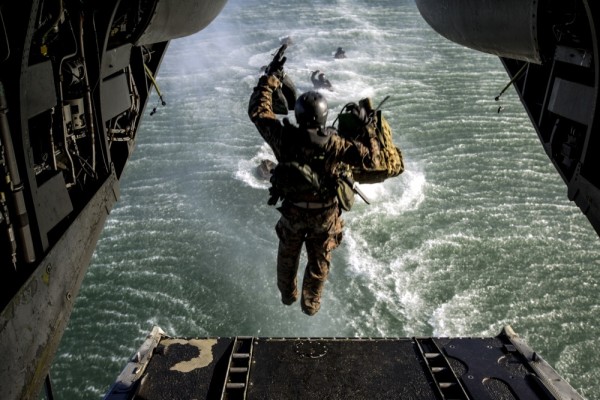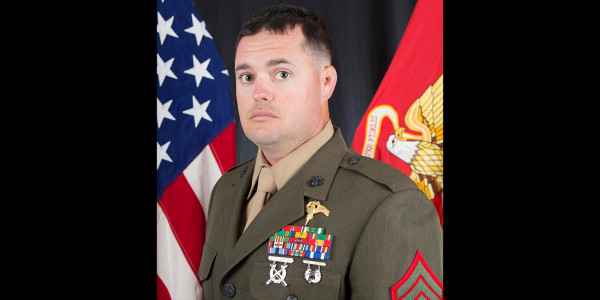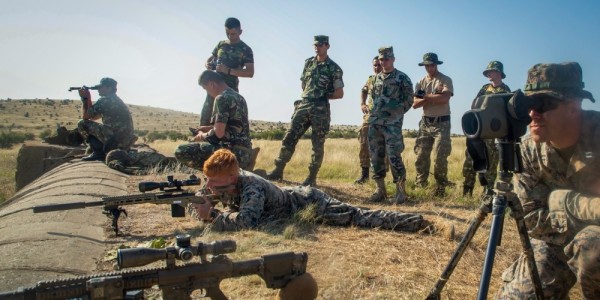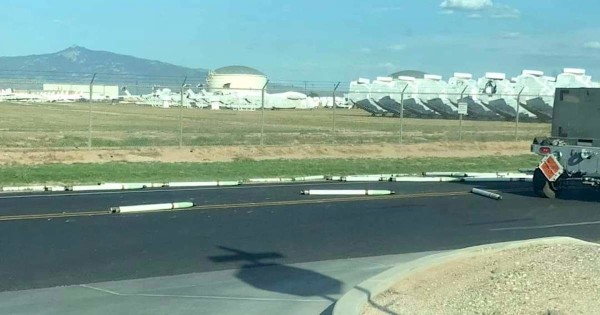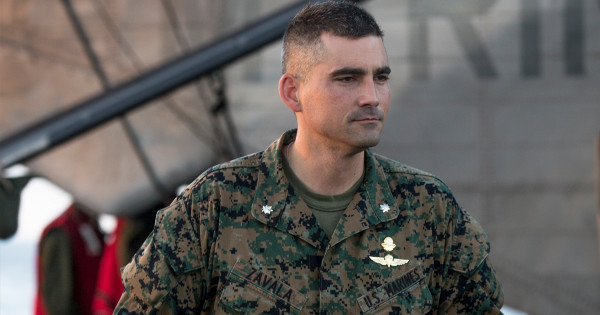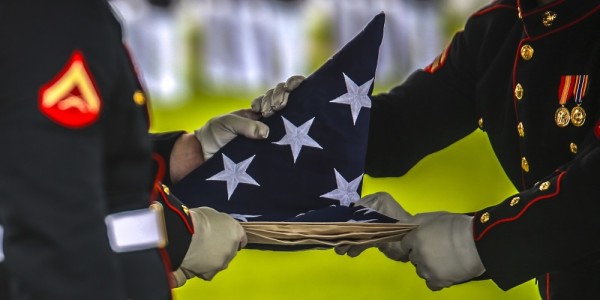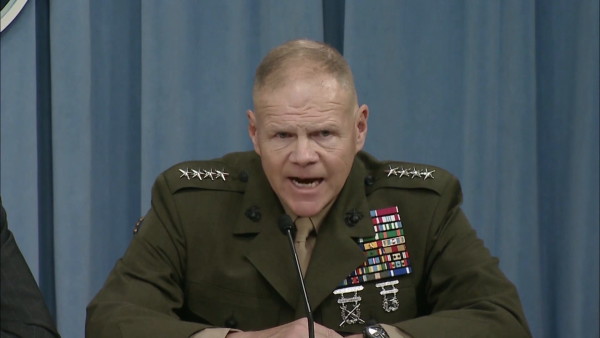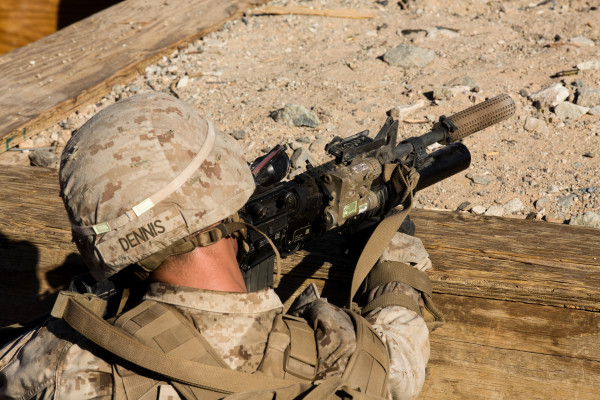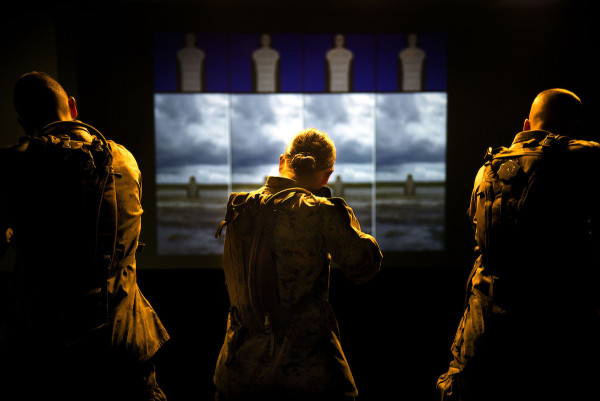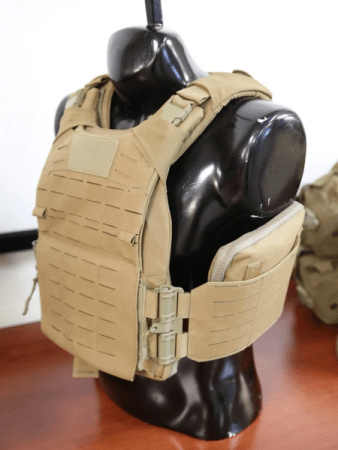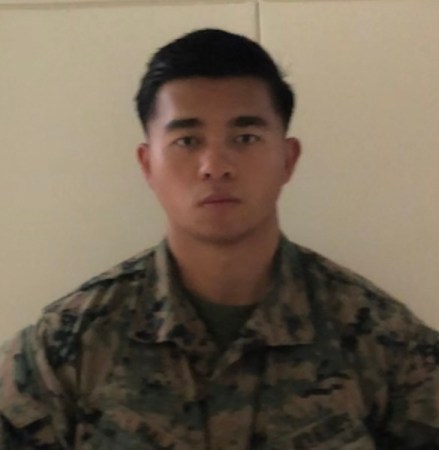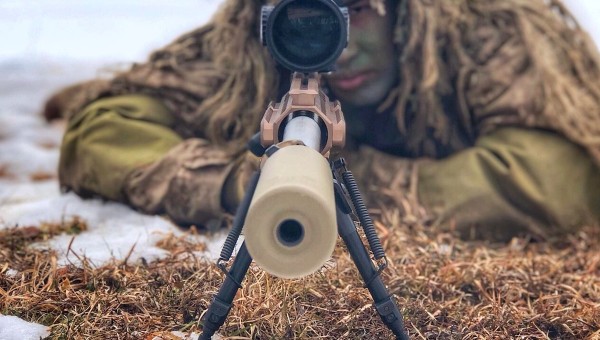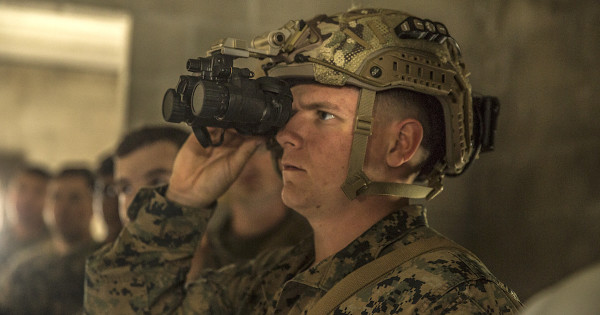Editor’s Note: This is the second in a four-part series challenging a major multi-year reorganization of the Marine Corps known as Force Design 2030. In this article, retired Marine Lt. Gen. Paul K. Van Riper shares his view of changes underway for Marine ground combat forces.
Marine leaders today speak often of the ability of Marine units to operate across the spectrum of conflict or of its broad range of military operations and capabilities; yet the new force structure the Corps is planning to implement by 2030 is designed for only one type of conflict, despite pronouncements to the contrary: a naval war with China. Moreover, that future force structure seemingly ignores 80 years of operational experience, for its design reverses long-held and proven operational and tactical fundamentals. The following are examples of the reversal of these fundamentals:
- Fires and sensors will take precedence over maneuver warfare.
- Defense will be favored over offense.
- Marines will not possess the type of units and equipment needed to “close with and destroy” an enemy.
- Infantry will no longer be the mainstay of the Corps; missiles and technologies are to be its strength.
- Without tanks and sufficient cannon artillery, there will be no basis for combined arms.
- Marines will not have a mobile, protected, direct-fire weapons system for the first time since 1923.
- The conviction that every tactical unit must have an integral direct and an indirect fires capability will no longer exist (Loitering precision munitions may alleviate this to some degree).
- Smaller rifle companies and infantry battalions will belie the preference for large units that can cover more ground and absorb significant casualties and continue to fight. In short, these battalions will be less resilient.
- III MEF (Marine Expeditionary Force) will no longer be a repository of capabilities used to form task-organized units for missions across the spectrum of conflict. The capabilities of I MEF and II MEF to do the same will be reduced greatly.
Background
The rationale for abandoning proven tactical and operational fundamentals appears to stem from the belief that ground warfare in the future will not involve units engaged in heavy close combat; rather, these units will confront the enemy with long-range rockets and missiles or with strikes from loitering munitions, drones, and aircraft. This short-sighted view of future warfare may come from the fact that Marines have not engaged an enemy with large, organized, and disciplined units in sustained close combat since the Vietnam War.
In the intervening years, Marines have had some tough fights — Fallujah comes to mind — but the enemies in these engagements were seldom organized as highly-trained, well-equipped companies and battalions, let alone brigades and divisions. Virtually no Iraqi ground units stood and fought or launched meaningful combined-arms counterattacks during Operations Desert Storm or Iraqi Freedom. And most engagements in Afghanistan involved insurgent forces of less than company strength. The Marine Corps is certain to face first-class combined arms units in the future, yet the structure and equipping of Marine Expeditionary Forces in accordance with Force Design 2030 will certainly reduce, if not eliminate, the capability to prevail against such enemies.

The ongoing war in Ukraine provides ample evidence that the assertions of Marine Corps leaders concerning the character of war, especially ground combat, are wholly wrong.
After a detailed examination of Force Design 2030 and supporting documents including the Tentative Manual for Expeditionary Advanced Based Operations and the concept for “Stand-in Forces” we can only conclude that Marine Corps leaders are moving to create a force that will be incapable of meeting the Congressional requirement to provide fleet marine forces with effective combined arms.
Title 10 US Code § 8063 – United States Marine Corps: composition; functions states that “The Marine Corps shall be organized, trained, and equipped to provide fleet marine forces of combined arms. . . .” The DOD Dictionary of Military and Associated Terms defines a combined arms team as the “full integration and application of two or more arms or elements of one Service into an operation.” Combined arms in the Marine Corps, developed through decades of battlefield experience, have meant the employment of some combination of infantry, armor, artillery, and engineers as well as aviation.
With the full implementation of Force Design 2030, the ability of Marine Corps’ operational units to employ combined arms will be greatly reduced. The Corps has already gotten rid of its armor — that is, tanks — removing one of the most potent elements of a combined arms team. In addition, the already inadequate number of active component tube or cannon batteries is to be reduced from 21 to 5, a 76 percent reduction, and the remaining cannon batteries are to be replaced by 21 High Mobility Artillery Rocket System (HIMARS)/Medium Missile (MMSL) batteries. (There is a proposed refinement to these numbers for 2024 budget planning, indicating an active force of 8 cannon batteries, 14 MMSL batteries, and 3 long-range missile batteries, however, the latest information provided by the Marine Corps does not reflect such a refinement.) This reduction will drastically limit the fire support available to ground units involved in close-in fights, which are inevitable in any conflict.
Employment of Tanks
The Marine Corps acquired its first tanks in 1923 and employed them in the Guadalcanal amphibious landing in 1942. From that initial combat experience until the 1970s, Marines most often used tanks as part of tank-infantry teams. Beginning with exercises at the Marine Corps Training Center, Twentynine Palms in the early 1970s and during NATO exercises in the mid-1970s, tanks became integral to ground units, as tanks and infantry units were cross-reinforced into tank-heavy or infantry-heavy forces. As a result, rather than being simply repositories for tanks that were parceled out to infantry units, tank battalions became maneuver battalions, which, with infantry mounted in armored amphibious vehicles, could be employed as armor-mechanized units. The value of this approach to ground operations was proven in Operations Desert Storm and Iraqi Freedom.
The Commandant stands virtually alone among the military leaders of the world in his conviction that tanks have no future. An informal survey of members of the U.S. intelligence community found none who could identify a military other than the U.S. Marine Corps divesting itself of tanks. Nations with the most experience in armored warfare are developing new tanks. For example, the Israeli Defense Forces are developing the Barak tank as part of its Carmel armor program, and the Russian Army expects to begin delivery of its new T-14 Armata this year after a long period of troublesome development. Meanwhile, the Chinese continue fielding their modern Type 99A2 tank. Tanks have certainly been a centerpiece in the Russian invasion of Ukraine, though the failure to have accompanying infantry has exposed Russia’s basic flaw when it comes to combined-arms tactics.

The main reason the Marine Corps gives for its divesting of tanks is that anti-armor weapons, especially those that have a top-down attack capability, make tanks overly vulnerable. These leaders appear not to have been aware of ongoing programs within the Marine Corps to equip its tanks prior to their divestiture with an Israeli system called Trophy Active Protection Systems. Nor do they appear to be aware of an active Marine Corps Systems Command program to investigate other vehicle protection systems.
The Commandant has suggested that the Army would provide tanks if the Marine Corps found itself in a situation requiring them. The Army has certainly not programmed to have tanks for this purpose, and even if it had, and did provide tank units to Marine infantry units, they would have had no training or experience in employing them. With logic of this sort, almost any inherent Marine Corps warfighting capability could be “outsourced” — artillery, helicopters, fighter/attack aircraft. The Corps has long and rightfully argued that it is a self-contained organization that came to fight in a wide range of contingencies. What’s changed?
Even if a case could be made — and myself and others don’t believe it can — that the world will never again see a major armor-mechanized battle, the Marine Corps will still a need a mobile, protected, direct-fire weapon to neutralize hardened targets such as prepared defensive positions, bunkers, buildings, and armored vehicles at extended ranges.
If the Corps believes it needs to lighten its weapons systems and that tanks will have less utility in the future, a more prudent move than eliminating all tanks in the Marine Corps would have been to maintain both Tank Battalions while committing to the U.S. Army to buy into its Mobile Protected Firepower (MPF) program enabling conversion from the M1A1 Tank to MPF in 2026 or 2027. The Corps could have maintained its M1A1s at the current capability for another four to five years, forgoing any upgrades, only doing necessary maintenance actions to preserve readiness standards, and then transitioned to MPF. This would have avoided the risk of not having the necessary direct-fire capability in the intervening years. The Marine Corps joining the Army in the MPF acquisition would have benefitted the Army by increasing the production quantities and reducing unit costs for both Services.
The Army is developing the MPF for the Infantry Brigade Combat Teams to enable them to fight as a combined arms team. The MPF is, in effect, a “light” tank, with a 105mm gun as the main armament. Although not as lethal as the M1A1’s 120mm gun, the improvements in tank ammunition since the early 1990s have made the 105mm cannon a formidable weapon. The Army is also working on a 120mm guided Extended Range round using technology that could be incorporated into a 105mm round. Ongoing development of Active Protection Systems is likely to be applicable to MPF in the future to increase survivability. In summary, the MPF is not a main battle tank, but it does maintain considerable maneuverability, firepower, lethality, survivability, and shock effect, and its acquisition would enable the Marine Corps to regain part of its combined arms capability.
Employment of Artillery
Doctrine and structure, based on considerable wartime experience, have long called for a battery of cannon or tube artillery with six to eight guns to provide direct support to each Marine infantry battalion, with additional batteries available for general support. The planned 2030 active component force structure reduces infantry battalions from 24 to 21, and cannon artillery batteries from 21 to five. Most of today’s artillery batteries will be replaced by 7 HIMARS batteries and 14 Naval Strike Missile (NSM) batteries. (Other Marine Corps documents show that by FY 2030, all HIMARS batteries will transition and expand to 14 Medium-Range Missile batteries equipped to fire both the Naval Strike Missile and the Precision Strike Missile. These documents also depict the fielding of three active component Long-Range Missile batteries in the FY 2030 period; yet to be identified are the sourcing solutions to man the systems, train the crews, or maintain them.)

At first glance, these changes might appear to be an improvement in capability, which is true for longer-range precision fires. However, when the objectives of artillery fires and the available types and costs of ammunition are considered, critical capabilities are lost. Some examples: Marine Corps doctrine for the use of fires differentiates “Targeting Objectives” from the “Effects of Fires.” This doctrine identifies five types of targeting objectives: disrupt, delay, limit, destroy, and divert.
Disrupt means to “not let the enemy perform a specific function.” Harassing fires are intended to accomplish this objective; that is “to disturb the rest of the enemy troops.” This is often a cost-effective way to employ artillery fire when rounds cost thousands of dollars each. It is cost-prohibitive with rockets that cost hundreds of thousands of dollars and missiles that cost more than a million dollars each.
Delay means to “not let the enemy perform a specific function when they want to.” There are many examples, but the following will serve to illustrate; resupply front line units, conduct a relief in place, assemble for an attack, and reconnoiter friendly positions. This objective is accomplished by suppressing fires intended to “create a temporary or transient degradation by an opposing force of the performance of a weapons system below the level needed to fulfill its mission objectives.” This effect can seldom be achieved without firing for a sustained period. In other words, the duration of fires is critical. It is not possible to expend rockets or missiles in sufficient numbers to achieve this objective because of cost and limited stocks.

Limit means to “reduce options or courses of action available to the enemy.” Most often in this context, “course of action” refers to expected enemy operations built on maneuver and fires. Thus, enemy units maneuvering and firing in the conduct of such operations would be the objective of neutralizing fires “delivered to render a target ineffective.” In other words, such fires are to obstruct an enemy from operating effectively. Artillery would be suitable for this objective in all cases. Rockets and missiles would be appropriate for those situations only when targets are (1) positively located and not just suspected, (2) concentrated and not widely distributed, and (3) stationary or moving at slow speed.
Destruction means to “ruin the structure, organic existence or condition of an enemy target that is essential to an enemy capability.” This objective is accomplished with Destruction Fires “delivered for the sole purpose of destroying material objects to render a unit incapable of accomplishing its mission.” This objective is the one most appropriate for rockets and missiles, especially when a target has been identified as “high value” or “high payoff.”
Divert means to “force the enemy to tie up critical forces or resources from one area to another.” The types of fires for this objective would depend on the situation. As an example, firing into an area that an enemy might consider subject to attack causes him to move forces to that area when the friendly force intends to attack elsewhere.
Nowadays, Marine Corps artillery units have available the following munitions: high explosive, smoke, white phosphorus, illumination, antipersonnel improved conventional munition (ICM), and dual-purpose improved conventional munition. Smoke rounds are used to mark enemy positions and to screen friendly movements. In many instances, the latter use requires large numbers of rounds to be fired for sustained periods. White phosphorous rounds are fired to mark targets and to inflict casualties on an enemy. As their name implies, illumination rounds are used to light up the battlefield at night and are often fired for an extended period. As the following paragraph indicates, none of the rockets and missiles the Marine Corps wants to buy have these important capabilities, which raises the question, are there substitute capabilities for Marine ground forces?
Currently, the (1) Naval Strike Missile only has a 276-pound high explosive blast-fragmentation warhead, (2) the RIM-174 Standard Extended Range Active Missile (ERAM), or Standard Missile 6 (SM-6) has a 140-pound blast-fragmentation warhead, and (3) Tactical Land-Attack Missile (TLAM) R/UGM-109 Tomahawk has a 1,000-pound unitary warhead and a submunitions dispenser variant armed with 166 combined-effects bomblets. HIMARS rockets have explosive or ICM warheads. None of these munitions have capabilities for smoke, illumination, or marking and all are extremely expensive. These capability shortfalls will severely reduce the effectiveness and survivability of Marine Corps ground forces, for example:
- In night actions, units will be unable to illuminate the battlefield to spot targets or inhibit enemy movement. Night vision goggles provide some capability to overcome reduced visibility, but such vision does not match a battlefield that is “lit up.”
- Ground units moving on the battlefield in the face of an enemy will be unable to screen themselves with smoke and will thus be more exposed to enemy fire.
- In both attack and defense, Marine forces will be unable to suppress enemy forces because the munition requirements to cover the areas needed and the long periods that such fires require are too large for missile or rocket fire. Thus, Marine forces will be exposed to more intense enemy fire.
- In air-ground operations, Marine ground forces will be challenged to mark targets, which will inhibit the suppression of enemy air defenses.
How has a missile heavy force — such as the one the Marine Corps is now building — fared in past wars? A good example to study is Operation Iraqi Freedom where proponents of “Shock and Awe” persuaded the U.S. Central Command to launch operations with massive missile strikes expecting they would compel Saddam Hussein to capitulate without the need for a ground attack. This fires solution failed, though it did much to cripple the Iraqi air defense and its command and control of forces. However, two corps of U.S. ground maneuver forces were needed to settle the issue.
Infantry Battalions
Large infantry battalions have long been considered a strength of the Marine Corps when compared to other militaries. On several occasions since the end of the Vietnam War, the Marine Corps has reduced the size of its infantry battalions and removed or added crew-served weapons. The underlying rationale for these changes was to achieve manpower savings, though that rationale was obscured by assertions that newer weapons allowed for reducing the number of Marines in the battalion. Those who led these smaller battalions will attest to the fact that they were not more effective than the larger battalions.
Infantry battalions during the Vietnam War had approximately 1,050 Marines organized into four rifle companies of approximately 200 Marines and a Headquarters and Service Company. Rifle companies were organized into three rifle platoons of 45 Marines and two Navy corpsmen (three 14-man squads and a three-man headquarters) and a weapons platoon with machine gun, 60mm mortar, and anti-tank sections. In addition to its staff, H&S Company had communication, 81mm mortar, and 106 mm recoilless rifle platoons.
During the 1980s, the structure of the infantry battalion went through several iterations; the most significant was the reduction of one rifle company and the addition of a weapons company with an 81mm mortar platoon, a heavy machine gun platoon, and an anti-tank platoon. This battalion had approximately 850 Marines. Over time that number grew back to 965 Marines. The Force Design 2030 Infantry Battalion will have 648 Marines, a reduction of 317 Marines, 4 Marines shy of one-third of the current battalion’s strength. The elimination of three infantry battalions from the current 24 (a full table of organization would have 27 battalions) and the reduction of 317 Marines from the remaining 21 battalions means that the Corps will have 41 percent fewer Marines in its infantry battalions in 2030 than it had in 2021.
Further divestments from the current infantry battalion include the weapons company, scout sniper platoon, the heavy machine gun platoon, the TOW platoon, and the rifle company’s 60mm mortar platoon. 81mm mortars will be moved from the battalion to the rifle companies. Any well-schooled and combat-experienced Marine knows this is not an “improved” battalion by any means. It is not even a light-infantry battalion, because the rifle platoons are weighed down with crew-served weapons. One suspects that these reductions were made to “pay” for the acquisition of newer capabilities, in particular long-range missiles, which, when fielded, will turn the Marine Corps from a maneuver and fires ground force to a missile force focused almost exclusively on fires. (When exactly these reductions/divestments began is unclear).

The Marines in World War II, Korea, and Vietnam achieved battlefield success because they were organized into large, robust infantry battalions that were trained and equipped to employ a variety of crew-served weapons and able to employ combined arms. It appears that the future infantry battalion will be organized into three rifle companies with three rifle platoons (eliminating all weapons platoons) burdened with 81mm mortars, Javelins/MAAWS and medium machine guns! These platoons, however, do appear to be larger with 54 Marines. The designers of this battalion did not appreciate the role of a weapons company: (1) the 81mm mortar platoon was the battalion commander’s one organic indirect-fire weapon, (2) the heavy machine gun platoon enabled him to arrange these automatic weapons to bolster direct fires in the offense and to coordinate overlapping zones of fire and final protective fires in the defense, and (3) to employ the anti-tank platoon on likely avenues of approach. In the new organization, the battalion commander will have to coordinate with three rifle company commanders to ensure the cohesive employment of all these crew-served weapons, whereas previously he needed to oversee only the actions of the weapons company commander. In addition, he will not have a weapons company commander to develop fire plans and coordinate fire support.
Similar to those who designed the future infantry battalion, as stated earlier, those who designed the future rifle company without a weapons platoon appear not to appreciate that (1) the 60mm mortar platoon was the company commander’s one indirect-fire weapon, (2) the machine gun platoon enabled the company commander to place these automatic weapons to bolster direct fires in the offense and to coordinate overlapping zones of fire and final protective fires in the defense, and (3) to employ the anti-tank platoon on likely avenues of approach. In the new organization, he will have to coordinate with three rifle platoon commanders to ensure the cohesive employment of all these weapons, whereas previously he needed only to oversee the actions of the weapons platoon commander. In addition, he will not have a weapons platoon commander to assist in the development of fire plans and fire support coordination.
Unit Rotation
Since the mid-1950s, Marine infantry battalions have deployed afloat with the U.S. Navy and to Okinawa. The battalions afloat eventually became part of Marine Expeditionary Units (MEU). For many years these deployments were made from a two-battalion and two-MEU command element base. This meant that the battalions and the MEU command element were deployed every six months. Experience revealed that six months at home stations in the Continental U.S. or Hawaii was insufficient time for the infantry battalions to reform and train to an appropriate level. Moreover, the repeated separations from families — in some cases, 18 months in three years — were hard on morale. It took considerable effort, but in the 1980s, realignments enabled infantry battalions to deploy from a three-battalion base.
An examination of Appendix 9 in the Tentative Manual for Expeditionary Advanced Force Operations indicates that infantry battalions in the future will deploy to Okinawa and with MEUs from a two-battalion base. No doubt all the previous difficulties with this system will reappear, and forward-deployed units will not reach the same level of effectiveness that they now possess.
Effect of Force Design 2030 on Ground Combat Units
| Previous Structure | FD 2030 | Change | |
|---|---|---|---|
| Infantry Battalions(active duty} | 24 | 21 | -3 |
| Marines in infantry units | 23,160 (@ 965 per battalion) | 13,608 (@ 648 per battalion) | -9,552 (-41%) |
| Infantry Regiments (active duty) | 8 | 7 | -1 |
| Infantry Battalions (reserve) | 8 | 6 | -2 |
| Fire support | 21 cannon batteries | 5 cannon batteries | -16(-76%) |
| Fire support (cont.) | 7 rocket batteries | 21 missile/rocket batteries | +14 |
| Tank Companies (active and reserve)* | 7 | 0 | -7 |
| Bridge companies (active and reserve) | 3 | 0 | -3 |
| Law enforcement battalions (military police) units (active duty) | 3 | 0 | -3 |
| Light Armored Reconnaissance Co. | 9 | 12* | +3 |
| Assault Amphibian Co. | 6 | 5** | -1 |
| Marine Littoral Regiments | 0 | 3 | +3 |
* The FD 2020 update in 2021 indicated this was being reevaluated.
** Initial force targets called for a reduction of two, but more recent descriptions call for a reduction of only one.
Conclusion
A review of Force Design 2030 and its supporting documents exposes serious shortcomings that will, without a doubt, negatively affect the war-fighting capabilities of the Marine Corps’ operating units, jeopardizing their role as a Force in Readiness and hence, their ability to support combatant commanders across the range of military operations based on current and projected threats. Ultimately this will degrade national security.
There will be fewer Marine infantry battalions and they will be nearly one-third smaller. Moreover, these smaller battalions will not be organized in a manner that supports maneuver or the most effective use of organic fires. Without tanks and sufficient cannon artillery, they will be unable to operate as combined arms teams, a requirement of Title 10, U.S. Code. For the first time in its modern history, the Marine Corps will move to a less capable force rather than one that is more capable. As a former Fleet Marine Forces Pacific Commander reportedly said, “the danger here is that we develop a niche force incapable of participating in high-end fights.” (The assumption here is he meant fights such as might occur on the Korean peninsula.)
Neither history nor the American people will judge the Corps’ actions as wise.
Tragically, with the implementation of Force Design 2030, the words of Lt. Gen. Victor H. Krulak, a Marine who knew much about combat, will no longer have meaning: “When trouble comes to our country there will be Marines — somewhere — who, through hard work, have made and kept themselves ready to do something useful about it and at once.”
+++
Lt. Gen. P.K. Van Riper is a retired 3-star Marine Corps General, veteran of the Vietnam War, recipient of two Silver Stars, the Bronze Star with a “V” for Valor for his actions in Vietnam, and countless other military awards and achievements. He resides in Williamsburg, Virginia.
What’s new on Task & Purpose
- The Marine Corps’ culture has to change
- This Army ‘Best Ranger’ competitor showed soldier ingenuity that had instructors face-palming
- How an airman fought off a grizzly bear in Alaska
- Tom Hanks to continue his absolute domination of World War II entertainment
- A soldier was left to die alone in his barracks for 5 days. His family wants to know why
Want to write for Task & Purpose? Click here. Or check out the latest stories on our homepage.
